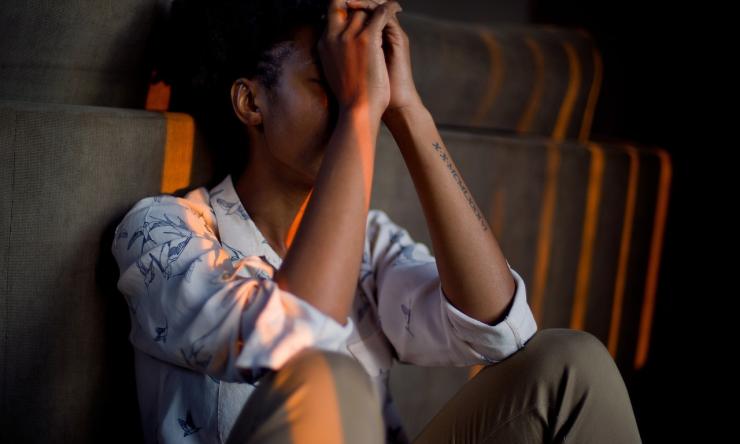Positive effects of intravenous ketamine for treatment-resistant depression
Electroconvulsive therapy (ECT) is considered to be the gold standard to treat an episode of refractory depression. However, over the last decade, ketamine has proved itself as a rapid-acting and effective treatment option as well. Researchers from Baylor College of Medicine and the Michael E. DeBakey Department of Veterans Affairs Medical Center studied whether ketamine was noninferior to ECT for treatment-resistant, non-psychotic, unipolar depression patients. The ELEKT-D study is the largest trial to date comparing the real-world effectiveness of ECT versus ketamine. Other participating institutions include the Cleveland Clinic, Yale University School of Medicine, Mount Sinai School of Medicine and Johns Hopkins Medical Institute. Their findings were published in the New England Journal of Medicine.
Researchers enrolled patients with major depressive disorder who had been referred for ECT, presenting them the option of enrolling in a comparative trial versus ketamine. ECT requires general anesthesia for a brief period of time, while the 40-minute ketamine infusion is a low dose of a commonly used anesthetic in which patients are awake. They compared the effects of both treatment options by studying patients randomized in two groups: ECT and ketamine. Patients in the ECT arm received a standard course of three weeks of ECT, which was given to them every Monday, Wednesday and Friday each week. Patients randomized to ketamine received it twice per week for three weeks. The patients were evaluated several days after the three-week period with a commonly used questionnaire for depression. As the primary outcome measure, they looked for patients who demonstrated at least a 50% decrease in depression severity scores.
Ketamine had a 55% response rate versus ECT, which had a 41% response rate at the end of the three weeks of treatment. The sample size was the largest study ever done of its kind comparing ECT to another modality, with 170 patients randomized to ECT and 195 patients randomized to ketamine. The Baylor site enrolled almost 100 patients for this trial. ECT was associated with memory disturbance that persisted for a few months post-treatment, while ketamine was associated with transient feelings of disconnection on treatment days.
“Statistically, it was a robust finding showing that ketamine was noninferior to ECT,” said Dr. Sanjay Mathew, primary investigator of the Baylor site and Marjorie Bintliff Johnson and Raleigh White Johnson, Jr. Vice Chair for Research and professor in the Menninger Department of Psychiatry and Behavioral Sciences at Baylor. “This study can give clinicians and patients confidence that ketamine is a reasonable and safe alternative to ECT, at least for the short-term management of treatment-resistant, non-psychotic depression.”
Mathew and his team plan to further investigate the comparison between ECT and ketamine among suicidal patients. The patients in the current study were not acutely suicidal and the majority were treated as outpatients.
“ECT is often used for suicidal patients in the inpatient setting, so now we need to do a large-scale comparison of ketamine versus ECT for our most critically ill and suicidal patients,” he said.
The study was funded by Patient Centered Outcome Research Institute (PCORI) and sponsored by the Cleveland Clinic Foundation.
Dr. Amit Anand served as the lead principal investigator of this study. Other contributors to this work include Dr. Ali Abbas Asghar-Ali, associate professor in the Menninger Department of Psychiatry and Behavioral Sciences at Baylor; Dr. Lee Chang, associate professor of anesthesiology at Baylor; Dr. Gerard Sanacora; Dr. James W. Murrough; Dr. Fernando S. Goes; Dr. Murat Altinay; Dr. Amy S. Aloysi; Dr. Brian S. Barnett; Dr. Lee C. Chang; Dr. Katherine A. Collins; Dr. Sara Costi; Sidra Iqbal; Dr. Manish K. Jha; Dr. Kamini Krishnan; Dr. Donald A. Malone; Dr. Sina Nikayin; Dr. Steven E. Nissen; Dr. Robert B. Ostroff; Dr. Irving M. Reti; Dr. Samuel T. Wilkinson; Kathy Wolski; and Dr. Bo Hu.










